Capital One 2012 Annual Report Download - page 122
Download and view the complete annual report
Please find page 122 of the 2012 Capital One annual report below. You can navigate through the pages in the report by either clicking on the pages listed below, or by using the keyword search tool below to find specific information within the annual report.-
 1
1 -
 2
2 -
 3
3 -
 4
4 -
 5
5 -
 6
6 -
 7
7 -
 8
8 -
 9
9 -
 10
10 -
 11
11 -
 12
12 -
 13
13 -
 14
14 -
 15
15 -
 16
16 -
 17
17 -
 18
18 -
 19
19 -
 20
20 -
 21
21 -
 22
22 -
 23
23 -
 24
24 -
 25
25 -
 26
26 -
 27
27 -
 28
28 -
 29
29 -
 30
30 -
 31
31 -
 32
32 -
 33
33 -
 34
34 -
 35
35 -
 36
36 -
 37
37 -
 38
38 -
 39
39 -
 40
40 -
 41
41 -
 42
42 -
 43
43 -
 44
44 -
 45
45 -
 46
46 -
 47
47 -
 48
48 -
 49
49 -
 50
50 -
 51
51 -
 52
52 -
 53
53 -
 54
54 -
 55
55 -
 56
56 -
 57
57 -
 58
58 -
 59
59 -
 60
60 -
 61
61 -
 62
62 -
 63
63 -
 64
64 -
 65
65 -
 66
66 -
 67
67 -
 68
68 -
 69
69 -
 70
70 -
 71
71 -
 72
72 -
 73
73 -
 74
74 -
 75
75 -
 76
76 -
 77
77 -
 78
78 -
 79
79 -
 80
80 -
 81
81 -
 82
82 -
 83
83 -
 84
84 -
 85
85 -
 86
86 -
 87
87 -
 88
88 -
 89
89 -
 90
90 -
 91
91 -
 92
92 -
 93
93 -
 94
94 -
 95
95 -
 96
96 -
 97
97 -
 98
98 -
 99
99 -
 100
100 -
 101
101 -
 102
102 -
 103
103 -
 104
104 -
 105
105 -
 106
106 -
 107
107 -
 108
108 -
 109
109 -
 110
110 -
 111
111 -
 112
112 -
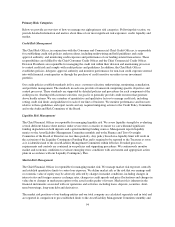 113
113 -
 114
114 -
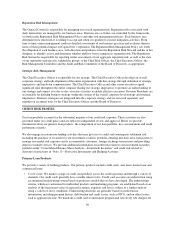 115
115 -
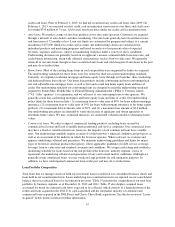 116
116 -
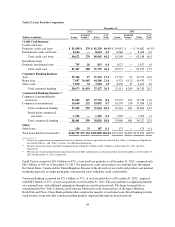 117
117 -
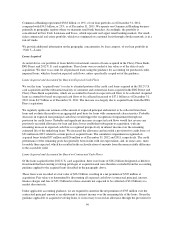 118
118 -
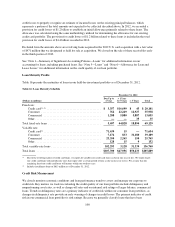 119
119 -
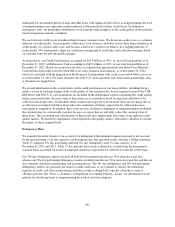 120
120 -
 121
121 -
 122
122 -
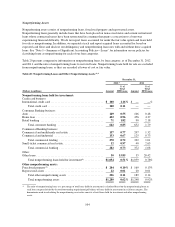 123
123 -
 124
124 -
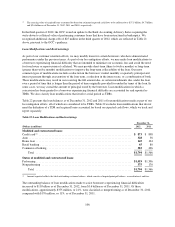 125
125 -
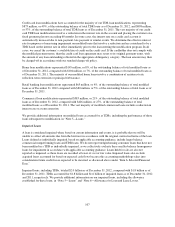 126
126 -
 127
127 -
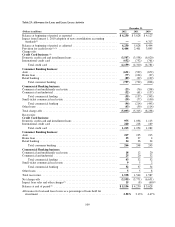 128
128 -
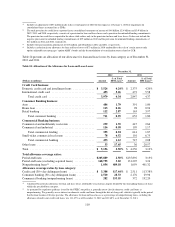 129
129 -
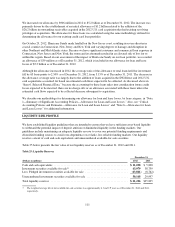 130
130 -
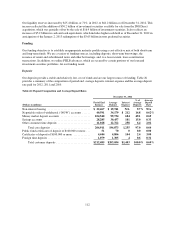 131
131 -
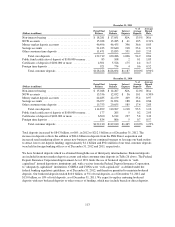 132
132 -
 133
133 -
 134
134 -
 135
135 -
 136
136 -
 137
137 -
 138
138 -
 139
139 -
 140
140 -
 141
141 -
 142
142 -
 143
143 -
 144
144 -
 145
145 -
 146
146 -
 147
147 -
 148
148 -
 149
149 -
 150
150 -
 151
151 -
 152
152 -
 153
153 -
 154
154 -
 155
155 -
 156
156 -
 157
157 -
 158
158 -
 159
159 -
 160
160 -
 161
161 -
 162
162 -
 163
163 -
 164
164 -
 165
165 -
 166
166 -
 167
167 -
 168
168 -
 169
169 -
 170
170 -
 171
171 -
 172
172 -
 173
173 -
 174
174 -
 175
175 -
 176
176 -
 177
177 -
 178
178 -
 179
179 -
 180
180 -
 181
181 -
 182
182 -
 183
183 -
 184
184 -
 185
185 -
 186
186 -
 187
187 -
 188
188 -
 189
189 -
 190
190 -
 191
191 -
 192
192 -
 193
193 -
 194
194 -
 195
195 -
 196
196 -
 197
197 -
 198
198 -
 199
199 -
 200
200 -
 201
201 -
 202
202 -
 203
203 -
 204
204 -
 205
205 -
 206
206 -
 207
207 -
 208
208 -
 209
209 -
 210
210 -
 211
211 -
 212
212 -
 213
213 -
 214
214 -
 215
215 -
 216
216 -
 217
217 -
 218
218 -
 219
219 -
 220
220 -
 221
221 -
 222
222 -
 223
223 -
 224
224 -
 225
225 -
 226
226 -
 227
227 -
 228
228 -
 229
229 -
 230
230 -
 231
231 -
 232
232 -
 233
233 -
 234
234 -
 235
235 -
 236
236 -
 237
237 -
 238
238 -
 239
239 -
 240
240 -
 241
241 -
 242
242 -
 243
243 -
 244
244 -
 245
245 -
 246
246 -
 247
247 -
 248
248 -
 249
249 -
 250
250 -
 251
251 -
 252
252 -
 253
253 -
 254
254 -
 255
255 -
 256
256 -
 257
257 -
 258
258 -
 259
259 -
 260
260 -
 261
261 -
 262
262 -
 263
263 -
 264
264 -
 265
265 -
 266
266 -
 267
267 -
 268
268 -
 269
269 -
 270
270 -
 271
271 -
 272
272 -
 273
273 -
 274
274 -
 275
275 -
 276
276 -
 277
277 -
 278
278 -
 279
279 -
 280
280 -
 281
281 -
 282
282 -
 283
283 -
 284
284 -
 285
285 -
 286
286 -
 287
287 -
 288
288 -
 289
289 -
 290
290 -
 291
291 -
 292
292 -
 293
293 -
 294
294 -
 295
295 -
 296
296 -
 297
297 -
 298
298 -
 299
299 -
 300
300 -
 301
301 -
 302
302 -
 303
303 -
 304
304 -
 305
305 -
 306
306 -
 307
307 -
 308
308 -
 309
309 -
 310
310 -
 311
311
 |
 |

Table 18 presents an aging of 30+ day delinquent loans included in the above table.
Table 18: Aging and Geography of 30+ Day Delinquent Loans
December 31,
2012 2011
(Dollars in millions) Amount
% of
Total Loans(1) Amount
% of
Total Loans(1)
Total loan portfolio ................................. $205,889 100.0% $135,892 100.00%
Delinquency status:
30 – 59 days .................................. $ 2,664 1.29% $ 2,306 1.70%
60 – 89 days .................................. 1,440 0.70 1,092 0.80
90 + days ..................................... 2,256 1.10 1,970 1.45
Total ............................................ $ 6,360 3.09% $ 5,368 3.95%
Geographic region:
Domestic ..................................... $ 6,052 2.94% $ 4,930 3.63%
International ................................... 308 0.15 438 0.32
Total ............................................ $ 6,360 3.09% $ 5,368 3.95%
(1) Calculated by dividing loans in each delinquency status category or geographic region as of the end of the period by the total held-for-
investment loan portfolio, including acquired loans.
Table 19 summarizes loans that were 90 days or more past due as to interest or principal and still accruing
interest as of December 31, 2012, 2011 and 2010. These loans consist primarily of credit card accounts between
90 days and 179 days past due. As permitted by regulatory guidance issued by the Federal Financial Institutions
Examination Council (“FFIEC”), we generally continue to accrue interest on domestic credit card loans through
the date of charge-off, which is typically in the period the account becomes 180 days past due. While domestic
credit card loans typically remain on accrual status until the loan is charged-off, we establish a reserve for
finance charges and fees billed but not expected to be collected and exclude this amount from revenue.
Table 19: 90+ Days Delinquent Loans Accruing Interest
(Dollars in millions)
December 31,
2012 2011 2010
Amount
% of
Total Loans Amount
% of
Total Loans Amount
% of
Total Loans
Loan category: (1)
Credit card(2) .......................... $1,510 1.65% $1,196 1.84% $1,379 2.25%
Consumer ............................ 1 0.00 5 0.01 5 0.01
Commercial .......................... 16 0.04 41 0.12 14 0.05
Total ............................ $1,527 0.74% $1,242 0.91% $1,398 1.11%
Geographic region:(3)
Domestic ............................ $1,427 0.69% $1,047 0.77% $1,195 0.95%
International .......................... 100 0.05 195 0.14 203 0.16
Total ............................ $1,527 0.74% $1,242 0.91% $1,398 1.11%
(1) Delinquency rates are calculated by loan category by dividing 90+ day delinquent loans accruing interest as of the end of the period by
period-end loans held for investment for the specified loan category, including acquired loans as applicable.
(2) Includes credit card loans that continue to accrue finance charges and fees until charged-off, which is typically at 180 days past due. The
amounts reported for credit card loans are net of billed finance charges and fees that we do not expect to collect. The estimated
uncollectible portion of billed finance charges and fees excluded from revenue totaled $937 million, $371 million and $950 million in
2012, 2011 and 2010, respectively. The reserve for uncollectible billed finance charges and fees totaled $307 million, $74 million and
$211 million as of December 31, 2012, 2011 and 2010, respectively.
(3) Calculated by dividing loans in each geographic region as of the end of the period by the total loan portfolio.
103
